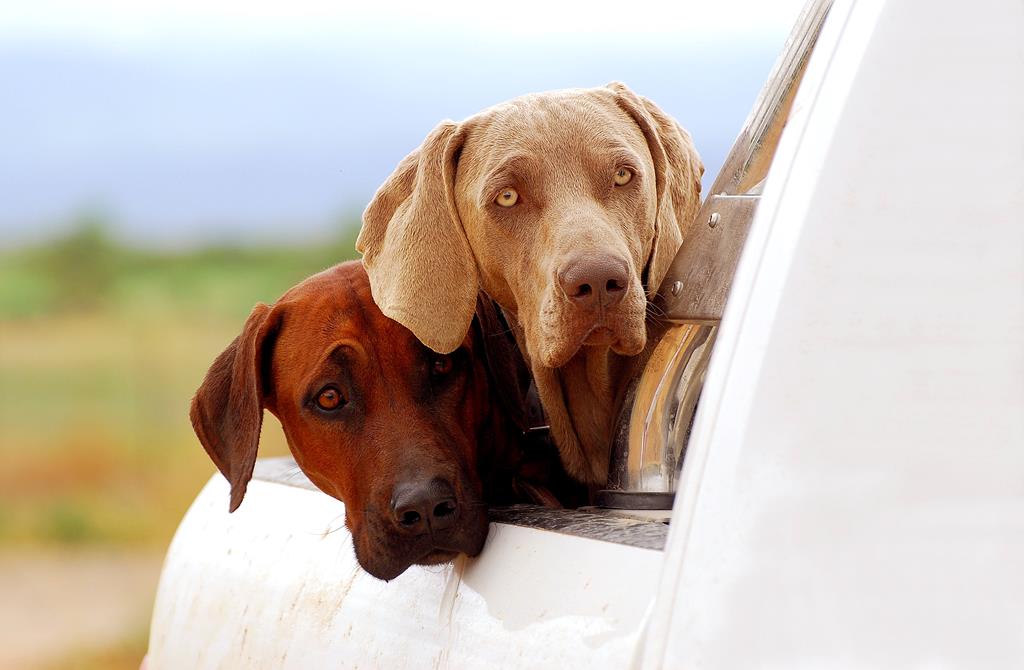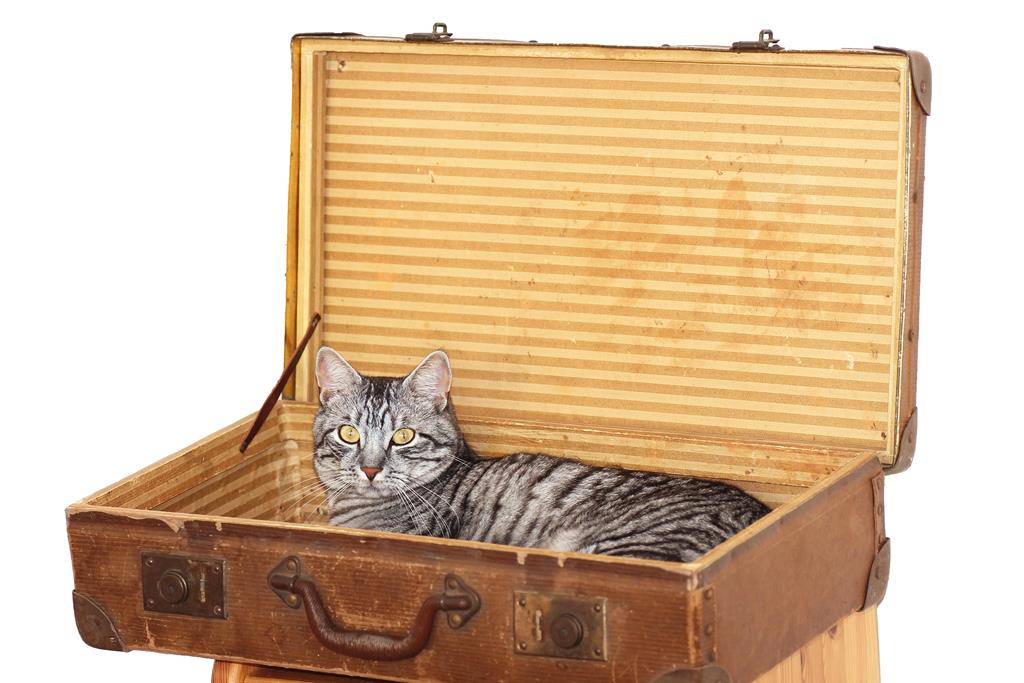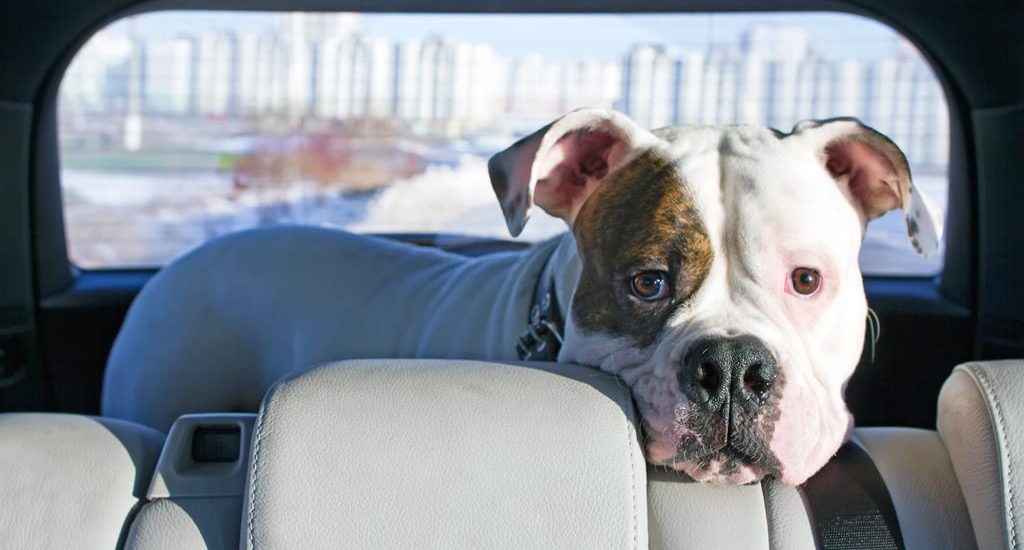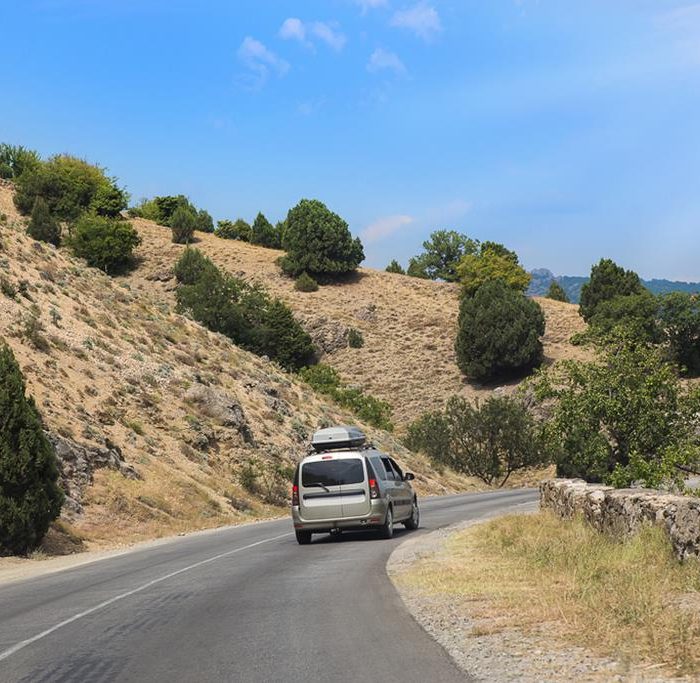Almost everyone has had to transport a cat or dog to a veterinarian or relatives at least once. But a short-term move with animals is one thing, and long-distance traveling, especially multi-day trips, presents entirely different challenges for pet owners.
Before embarking on a journey with your furry companion, many important questions arise:
- How will my pet eat, sleep, and go to the bathroom during the trip?
- Will my animal get cold in winter or overheat in summer?
- Do I need vaccination records and a veterinary passport for international travel?
- What safety precautions should I take during the journey?
Should You Travel With Your Pet or Leave Them at Home?
Not all animals suffer from separation anxiety, so sometimes it’s easier to bring your cat or dog along rather than worry about them while you’re away. However, not all pets can handle long car rides, and what seems like a simple trip to you might become a major stressor for your animal companion.
Preparing Your Pet for Travel: Essential Steps
To ensure your pet’s comfort and safety, preparation is key. Start planning several weeks before your departure date.
Gradual Car Acclimatization
- Take your pet on 3-4 short car rides before the main trip
- Allow them to explore the car while parked
- Always return home after these practice runs
- This helps your pet associate car rides with returning to familiar surroundings
Stress Management Solutions
Consider using natural stress-relief options or consult your veterinarian about anti-anxiety medications designed for travel. Products like Fospasim can be administered a few days before travel to help calm your pet’s nervous system.
Essential Travel Supplies for Pet Comfort
Pack familiar items to help your pet feel secure during the journey:
- Familiar bedding: Bring your pet’s favorite blanket or bed
- Secure carrier: Essential for cats and small dogs
- Food and water bowls: Preferably non-spill varieties
- Litter and litter box: If your cat is accustomed to specific litter
- Grooming supplies: Brush to manage stress-induced shedding
- Disposable diapers: For accidents or motion sickness
- Sufficient food supply: Especially important for pets with special dietary needs
Feeding and Hydration Guidelines
For Day Trips
- Stop feeding 5-6 hours before departure
- Offer food 2 hours before planned stops
- Set up a litter box during rest breaks
- Consider pet diapers if your animal refuses to use travel litter boxes
For Multi-Day Trips
- Regular feeding schedules become less critical
- Ensure constant access to fresh water
- Avoid overfeeding to prevent car sickness
Safety Considerations During Travel

In-Car Safety
- Use proper restraints: Carriers, harnesses, or pet seat belts
- Keep windows secure: Prevent escape attempts
- Position pets safely: If traveling alone, place your pet in the front seat for easier monitoring
- Provide comfort: Talk to and pet your animal to reduce anxiety
During Stops
- Always use a collar and leash
- Consider a muzzle for large dogs in unfamiliar environments
- Never leave pets unattended in vehicles, especially in hot weather
- Be extra vigilant about escape attempts
Temperature Control
Critical Safety Warning: Never leave your pet alone in a closed car, especially in sunny conditions. Modern vehicles offer minimal outside air circulation, creating dangerous conditions that can lead to heatstroke, suffocation, or death.
International Travel Requirements
Traveling abroad with pets requires additional preparation and documentation:
- Microchipping: Required for international travel
- Vaccinations: Must be current and documented
- Deworming: Preferably completed one month before travel
- Quarantine periods: Some countries require 6 weeks to 6 months quarantine (UK requires 6 months for cats)
- Special accommodations: Quarantined pets stay in designated facilities, with visitation allowed but no early release
Managing Common Travel Issues
Motion Sickness and Stress Shedding
- Pack disposable hygienic diapers for accidents
- Bring grooming brushes to manage excessive shedding
- Protect car upholstery with removable covers
- Keep cleaning supplies easily accessible
Using Pet Carriers Effectively
A proper carrier is essential for cats and small dogs. It prevents escape attempts, reduces driver distraction, and provides a secure environment for your pet. Choose a carrier that’s appropriately sized and well-ventilated.
Arrival and Settling In
When you reach your destination, patience is key:
- Place the carrier in a quiet room
- Open the carrier door and step back
- Allow your pet to emerge naturally when they feel safe
- Never force your pet out of their carrier
Making Travel Memorable for All the Right Reasons
Traveling with pets can become a wonderful, memorable experience for both owner and animal. Success depends on thorough preparation and attention to the details outlined above. Remember, these aren’t minor considerations—they’re essential elements that ensure your pet’s safety, comfort, and well-being during travel.

Final Travel Preparation Checklist
Before departing on your pet-friendly adventure, don’t forget to obtain an international driving license if traveling abroad. Your pets are highly sensitive to your emotions and stress levels—driving confidently with proper documentation will help keep both you and your furry companions calm and happy throughout the journey.
Remember: A well-prepared trip leads to positive experiences that can make future travels with your pet even easier and more enjoyable.

Published September 08, 2017 • 5m to read





